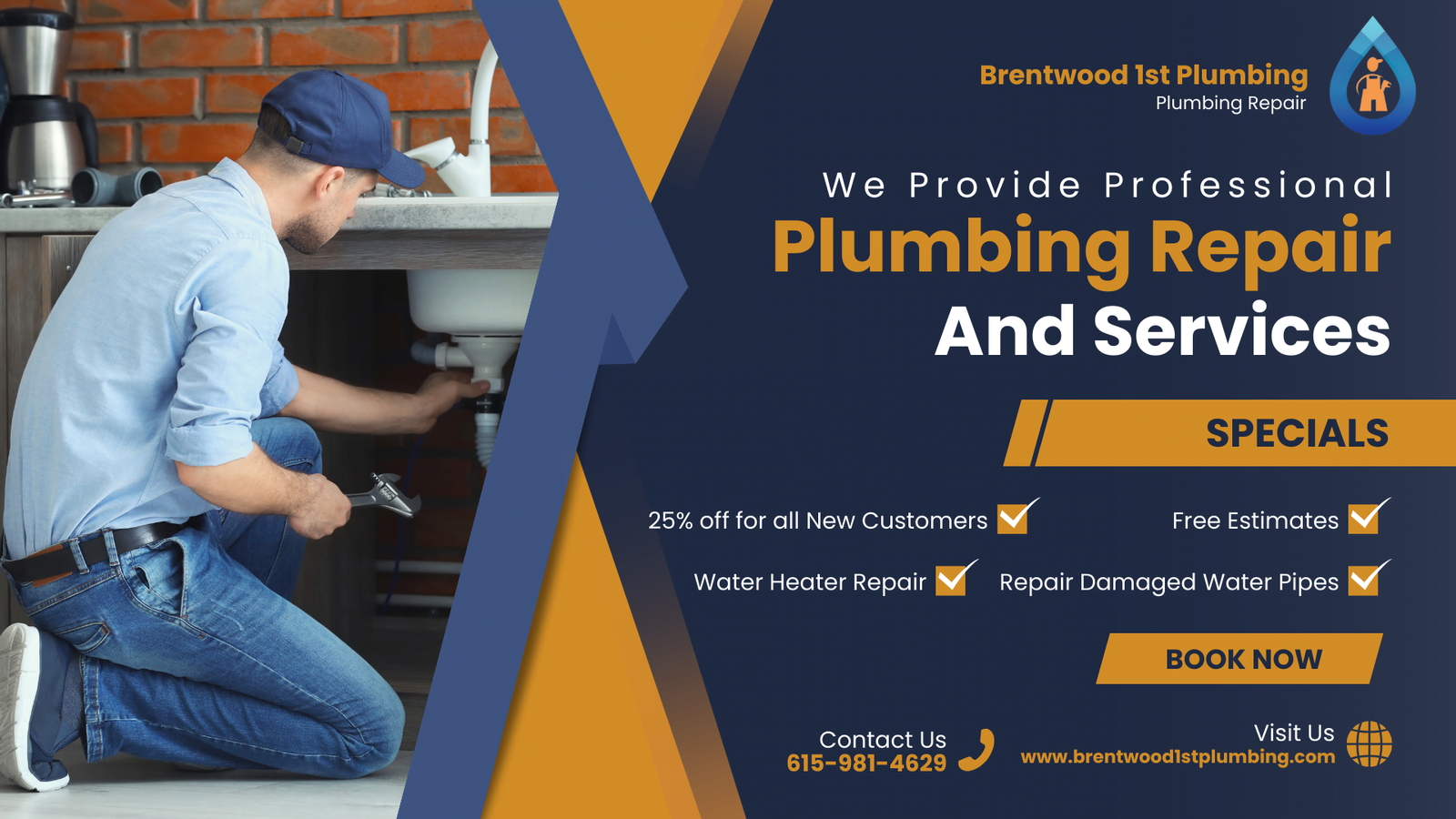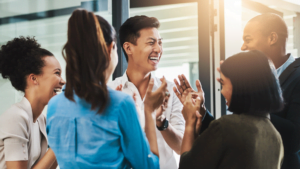How to Know When Your Flush Valve is Bad
A properly functioning flush valve is crucial for maintaining a healthy and efficient plumbing system. The flush valve is responsible for releasing water from the toilet tank into the bowl, creating the necessary force to remove waste effectively. However, over time, flush valves can deteriorate and develop issues that affect their performance. In this blog post, we will discuss how to identify when your flush valve is bad and what steps you can take to address the problem.
1. Weak or Incomplete Flushing
One of the most common signs of a faulty flush valve is weak or incomplete flushing. If you notice that the toilet is not flushing with enough force or that the water does not fully drain from the bowl, it may indicate a problem with the flush valve. This can be caused by a worn-out seal or a clog in the valve mechanism, preventing proper water flow.
2. Continuous Water Running
Another red flag that your flush valve may be bad is if you hear the sound of running water even when the toilet is not in use. This continuous running can be caused by a faulty flapper or a damaged seal, allowing water to leak from the tank into the bowl. Not only does this waste water, but it can also lead to higher water bills if left unaddressed.
3. Water Leaks around the Toilet Base
If you notice water pooling around the base of the toilet, it could be a sign of a faulty flush valve. A damaged seal or misaligned flush valve can cause water to leak out of the tank and onto the floor. This can not only cause water damage to your bathroom but also indicate a need for immediate repair or replacement of the flush valve.
4. Difficulty in Flushing or Sticking Handle
A flush valve that is nearing its end may cause difficulty in flushing or a sticking handle. If you find yourself having to jiggle or hold down the toilet handle for an extended period to achieve a complete flush, it could be due to a malfunctioning flush valve. These issues can disrupt the flushing process and inconvenience household members.
5. Visible Damage or Wear
Inspecting the flush valve for visible signs of damage or wear can also help you determine if it is bad. Look for cracks, corrosion, or deterioration on the valve itself or the rubber seal. Additionally, if you notice mineral buildup or debris on the valve, it may be affecting its performance and indicating the need for maintenance or replacement.
Addressing a Bad Flush Valve
If you suspect that your flush valve is bad based on any of the signs mentioned above, it’s essential to take prompt action to prevent further damage and inconvenience. Here are a few steps you can take:
- Check and Clean: Start by inspecting the flush valve for any visible damage or blockages. Clean the valve and surrounding area to ensure proper water flow.
- Replace the Flapper or Seal: If the flapper or seal is worn out or damaged, consider replacing it with a new one. This can help restore the proper functioning of the flush valve.
- Seek Professional Help: If you are unsure about how to address the issue or if the problem persists after attempting DIY solutions, it is recommended to seek the assistance of a professional plumber. They can assess the situation and provide the necessary repairs or replacements.
Remember, a bad flush valve can lead to water wastage, higher utility bills, and inconvenience for you and your household. By being aware of the signs of a bad flush valve and taking timely action, you can ensure a smoothly functioning toilet and prevent potential plumbing emergencies.
In conclusion, understanding how to identify when your flush valve is bad is crucial for maintaining a well-functioning plumbing system. By paying attention to weak flushing, continuous water running, water leaks, difficulty in flushing, and visible damage, you can detect potential issues with your flush valve. Taking prompt action, whether through cleaning, replacing parts, or seeking professional help, will help restore the proper functioning of your toilet. Remember, when it comes to plumbing, addressing issues early can save you from costly repairs down the line.
We hope this blog post has provided you with valuable insights on identifying and addressing a bad flush valve. Stay tuned for more plumbing tips and tricks to keep your plumbing system in excellent condition!










